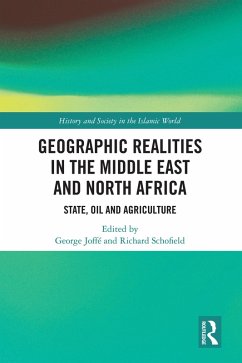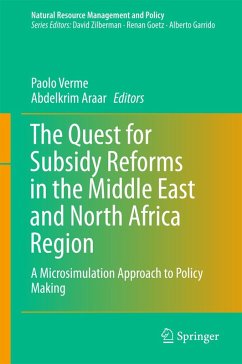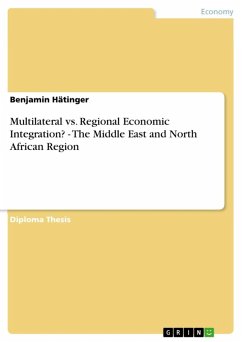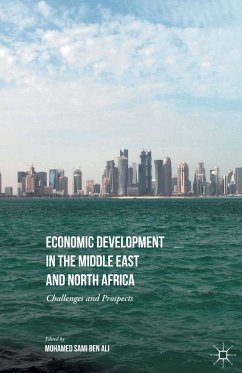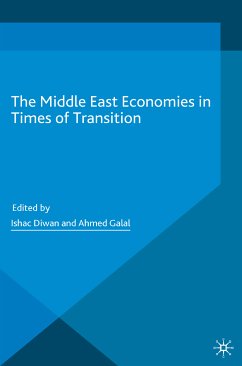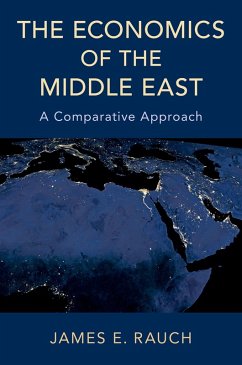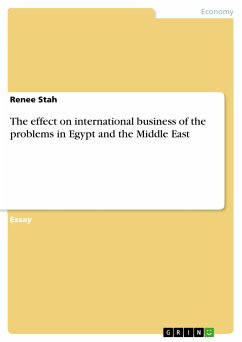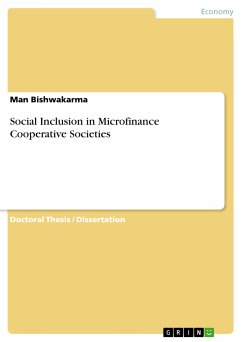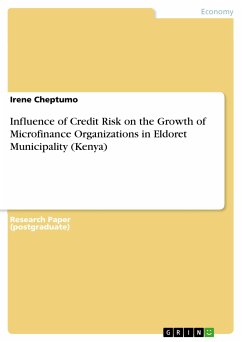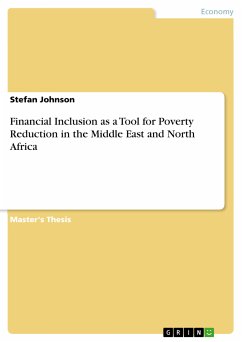
Financial Inclusion as a Tool for Poverty Reduction in the Middle East and North Africa (eBook, PDF)
Versandkostenfrei!
Sofort per Download lieferbar
Statt: 47,95 €**
36,99 €
inkl. MwSt. und vom Verlag festgesetzt.
**Preis der gedruckten Ausgabe (Broschiertes Buch)
Alle Infos zum eBook verschenkenWeitere Ausgaben:

PAYBACK Punkte
0 °P sammeln!
Master's Thesis from the year 2014 in the subject Economics - Finance, grade: 3, University of Applied Sciences Osnabrück (WiSo), course: International Business and Management, language: English, abstract: This paper observes the relationship between multiple variables in order to determine whether Financial Inclusion can be used as a tool for poverty reduction in the Middle East and North Africa. There are many reports that identify this to be function to something very likely as a tool around the world; however, there has been limited work regarding financial inclusion and the Middle East a...
Master's Thesis from the year 2014 in the subject Economics - Finance, grade: 3, University of Applied Sciences Osnabrück (WiSo), course: International Business and Management, language: English, abstract: This paper observes the relationship between multiple variables in order to determine whether Financial Inclusion can be used as a tool for poverty reduction in the Middle East and North Africa. There are many reports that identify this to be function to something very likely as a tool around the world; however, there has been limited work regarding financial inclusion and the Middle East and North Africa. Through qualitative and quantitative research, this paper examines the possibility of this theory working in MENA. Wide income disparities, combined with government corruption, religious dispositions, and an overall lack of money are contributing barriers to the unbanked. These factors greatly limit the use of this tool until other issues are tackled and governments commit to more policies that will be conducive to growth; banks must be more open to lending; and people will have to become more financially literate. The World Bank, Gallup, the IMF, and various authors, in addition to the World Bank FINDEX dataset are used to reference information conceded by well-respected authors in the financial-, development-, and in the government sector. Although there seems to be a great deal of promise with the concept of Financial Inclusion as a Tool for Poverty Reduction world wide, it seems to be very limited in MENA, in the poverty-stricken nations. Algeria, Egypt, Iraq, Jordan, Lebanon, Morocco, and Yemen are observed in the report. Generally, there are barriers preventing the implementation of inclusiveness, which will prevent the advancement of poverty alleviation. More government commitment is required.
Dieser Download kann aus rechtlichen Gründen nur mit Rechnungsadresse in A, B, BG, CY, CZ, D, DK, EW, E, FIN, F, GR, HR, H, IRL, I, LT, L, LR, M, NL, PL, P, R, S, SLO, SK ausgeliefert werden.




